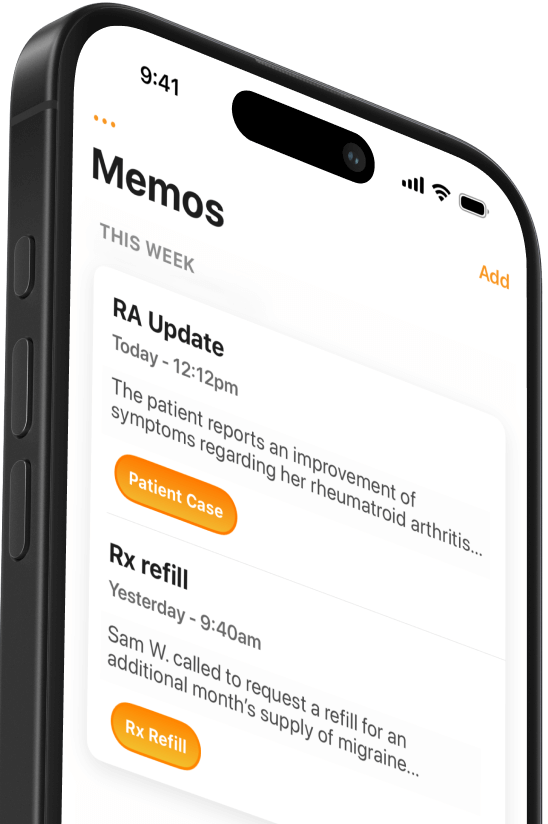Crowd-Sourced Health With Smartphones
If even a small fraction of smartphones in Beijing measured pollution hourly, the data could be aggregated into a precise, accurate pollution rating for any location.


Popular articles
In Beijing, expatriates check the air quality more frequently than the weather. On a worse than average day, many residents will avoid exercising outside, while the worst days demand minimizing time spent outside for any purpose. But accurate, localized pollution data are hard to come by, as the official reports by the Chinese government seem to consistently understate pollution and the US Embassy’s air quality data are measured from a single point.
Meanwhile, millions of people in Beijing carry smartphones with a growing array of sensors and constant connectivity. If even a small fraction of the smartphones in Beijing measured pollution hourly and reported it, with location coordinates, to a central server, the data could be aggregated into a precise, accurate, and specific pollution rating for any location throughout the region. This information would also make it far easier to predict future levels and model how air flows through areas.
The required technology (gas and particulate sensors) is not currently available in standard smartphones. Funded by a successful 2012 Kickstarter campaign, Sensorcon attempted to address this problem with an external multisensor dubbed Sensordrone. Among the myriad possible uses, along with a personal blood alcohol breath analyzer and a gas leak checker, Sensorcon touted the possibility of vast, crowd-sourced pollution measurement. Unfortunately, the device never caught on enough for independent developers to create the apps that would have enabled that aggregation.
However, each generation of phones includes more sensors, and the concept may soon be possible with standard equipment without the need for individual users to buy additional hardware. Most new phones contain an accelerometer, gyroscope, magnetometer, light sensor, proximity sensor, and thermometer. Barometers are becoming common, and cameras are being repurposed to detect gestures and heart rate. Some devices contain an M7 chip designed to process data from the motion-related sensors without using resources from the main processor.
As more sensors are added, crowd-sourced data could be used to address health and safety issues in diverse areas. A study published in 2013 explored the use of Micro Electro-Mechanical Systems (MEMS) accelerometers currently available in iPhones and other devices for measuring earthquakes, according to Wired UK. The study found that devices near the epicenter can detect a significant earthquake (greater than 5 on the Richter scale). The researchers expect future MEMS devices to be more sensitive, potentially providing rescuers with an accurate map of earthquake intensity.
Other innovations in crowd-sourced safety may use smartphones in connection with other external devices, as with Sensordrone. Avatech, an avalanche safety startup, is working to create a device that will measure snow stability instantly by inserting a probe into the snow. Currently, professional avalanche forecasters travel through dangerous areas and dig pits to examine the snow. Each pit can take over 30 minutes to dig and test, yet only provides information on the snowpack at a specific altitude, aspect, and location. Avatech hopes to aggregate crowd-sourced data from independent users to create more detailed, accurate, and timely maps of snow stability.
In each of these cases, the information available stands to be greatly improved by vastly increasing the available data points. The potential health and safety applications of crowd-sourced data collection will grow as sensor quality and connectivity improve and the need for user buy-in declines.
Related Articles


We Get Doctors Home on Time.
Contact us
We proudly offer enterprise-ready solutions for large clinical practices and hospitals.
Whether you’re looking for a universal dictation platform or want to improve the documentation efficiency of your workforce, we’re here to help.




